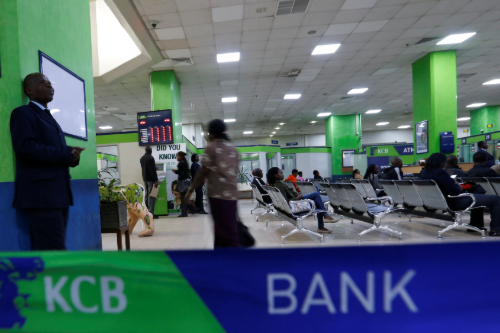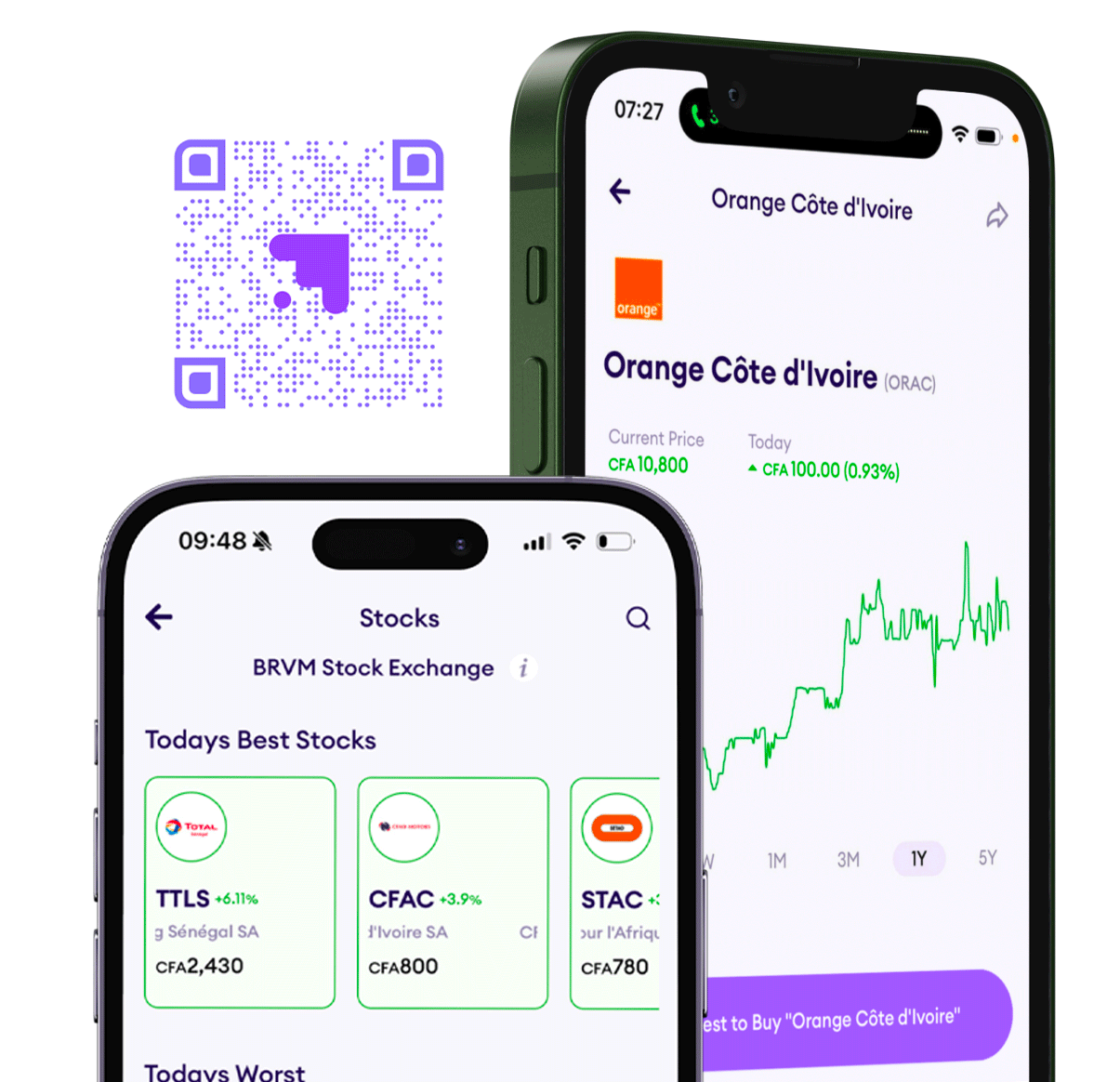Kenya’s Top Bank CEOs Earned Record Pay in 2024 Amid Credit Crunch

TLDR
- Kenya’s largest banks posted record profits in 2024, but while credit to households and small businesses dried up, executive compensation soared
- Disclosures from the country’s nine biggest commercial banks show CEOs collectively earned $9.3 million (KES 1.2 billion), up over 15% on average
- KCB Group’s Paul Russo topped the list, earning $1.9 million (KES 250.2 million), a 40.8% increase
Kenya’s largest banks posted record profits in 2024, but while credit to households and small businesses dried up, executive compensation soared. Disclosures from the country’s nine biggest commercial banks show CEOs collectively earned $9.3 million (KES 1.2 billion), up over 15% on average.
KCB Group’s Paul Russo topped the list, earning $1.9 million (KES 250.2 million), a 40.8% increase. NCBA’s John Gachora followed at $1.6 million, while Standard Chartered’s Kariuki Ngari received $1.3 million after a 43.5% pay bump. Only I&M Bank and DTB reduced CEO pay.
Absa Kenya, Stanbic, Co-operative Bank, and Equity Bank also awarded large compensation increases to their chief executives, even as loan access tightened and inflation pressured consumers.
Boardroom pay mirrored this trend. NCBA’s directors earned $5.1 million, a 54.4% rise, while Co-operative Bank and StanChart saw double-digit increases. KCB and I&M were the only banks to reduce board payouts.
Despite CBK warnings, banks prioritized returns from government securities and widened interest margins over lending to the productive economy. The sector reported $2 billion (KES 262.3 billion) in pre-tax profit, largely from Treasury investments.
Daba is Africa's leading investment platform for private and public markets. Download here
Key Takeaways
The surge in executive compensation in Kenya’s banking sector underscores a deepening disconnect between boardroom rewards and the real economy. As households and SMEs faced borrowing constraints, bank executives and directors saw their incomes grow at the fastest pace since the pandemic. The Central Bank of Kenya has consistently warned banks to shift focus from safe-haven Treasury investments to real economy lending. But most lenders chose to protect margins, prioritizing short-term profitability over long-term credit access. Small businesses, already strained by post-COVID recovery and currency volatility, were left without working capital, worsening informal sector fragility. Meanwhile, many banks paused salary reviews for junior staff and continued digital restructuring, cutting operational costs even as top-tier pay rose. This trend risks eroding trust in the financial system and widening socioeconomic disparities. Unless banks rebalance incentives to reflect broader economic needs, they may face regulatory pushback or public criticism as they remain insulated from the very shocks affecting their customer base.

Next Frontier
Stay up to date on major news and events in African markets. Delivered weekly.
Pulse54
UDeep-dives into what’s old and new in Africa’s investment landscape. Delivered twice monthly.
Events
Sign up to stay informed about our regular webinars, product launches, and exhibitions.




